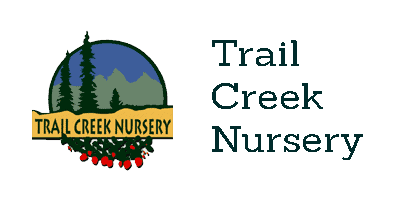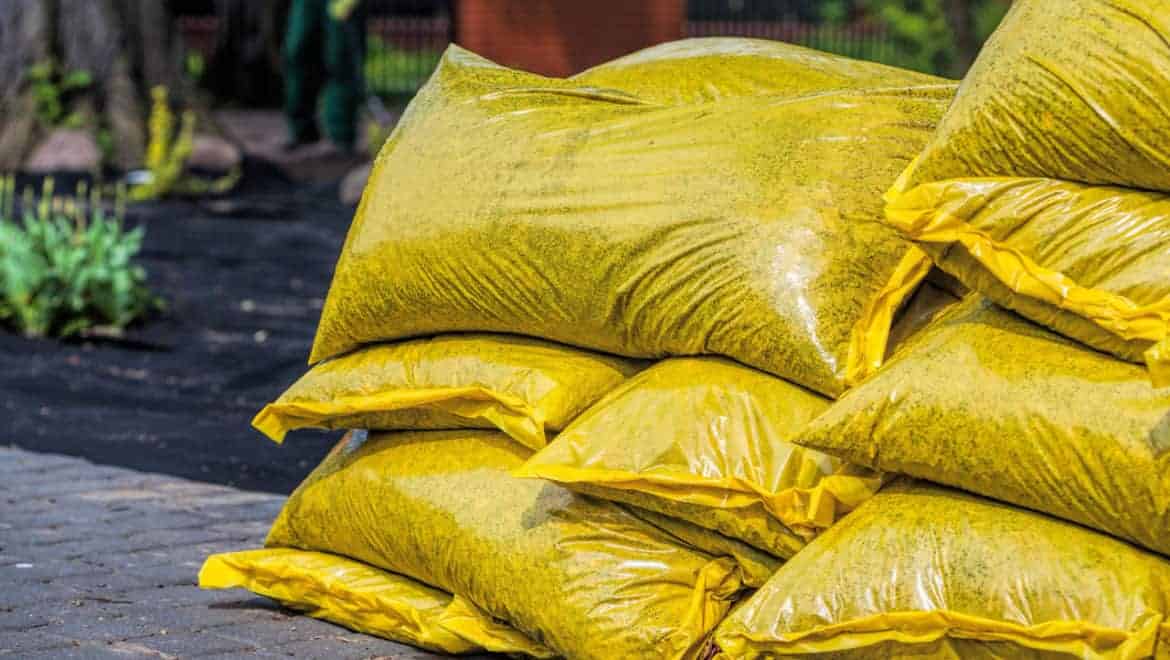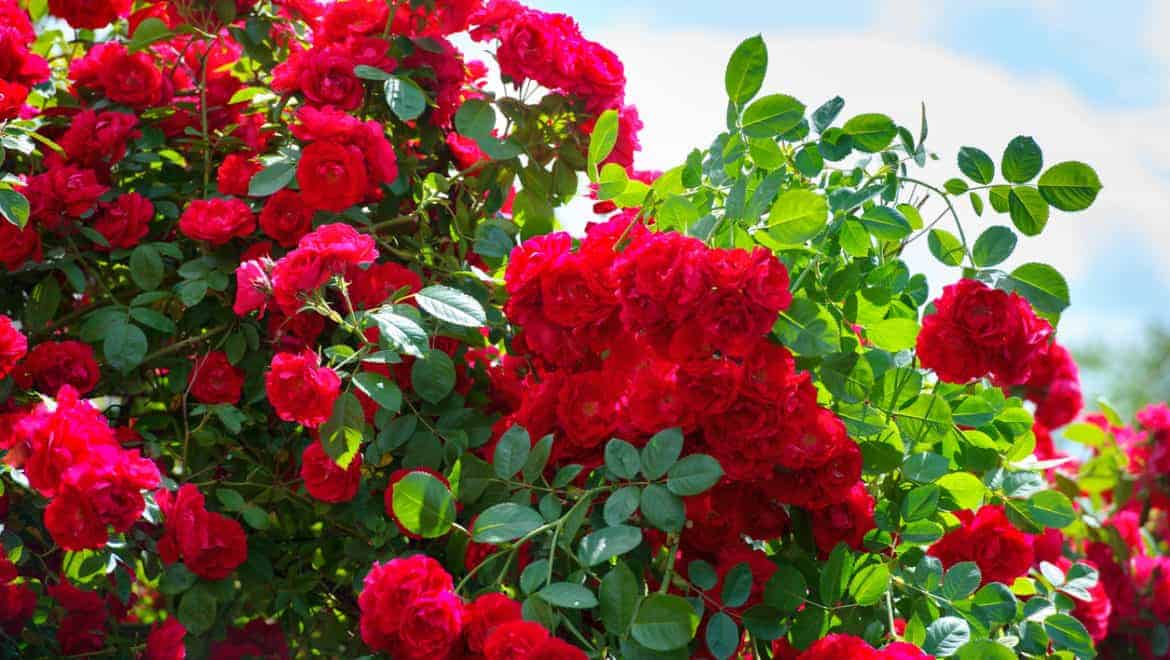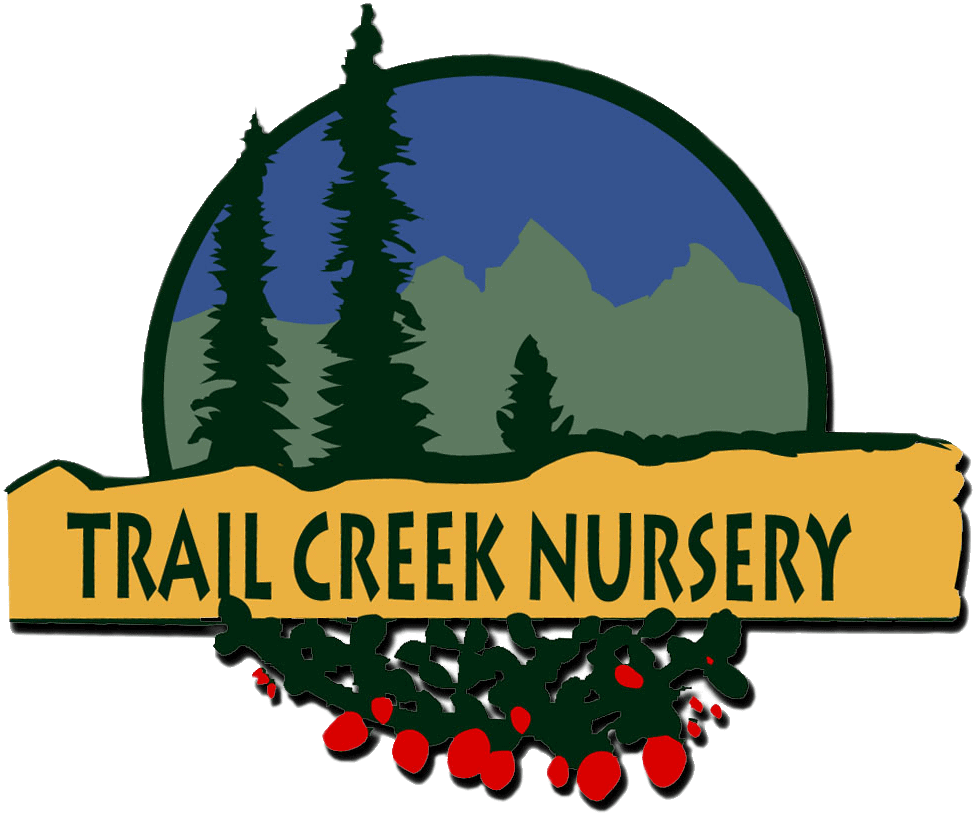Fertilizing Your Yard
Fertilizing your yard is essential in maintaining healthy lawns and gardens and increasing plant growth rates. However, proper fertilization cannot adequately compensate for poor soil preparation and plant selection. Vigorous, healthy plants are better able to withstand insects and disease as well as harsh climatic conditions typical at this altitude.
“The first day of spring is one thing, and the first spring day is another. The difference between them is sometimes as great as a month.” Henry Van Dyke, Fisherman’s Luck 1899
We recommend fertilizing everything in the spring.
Some people prefer fall fertilization while others prefer to feed in every season. Please fertilize when you can. However, we feel it may not be beneficial to promote new leafy growth in the fall when plants should be concentrating on storing energy in their roots. Fertilizer leaching over the winter may also be a concern.
The following are our general recommendations for fertilization.
- Top dress established trees, shrubs and flower beds with a time release granular fertilizer such as 14-14-14 Apex.
- For lawns, we recommend a high nitrogen fertilizer in the early spring for quick greening.
- Use a weed and feed application, and then a winterizer in the fall on your lawn.
- For flower containers, hanging baskets and window boxes, use Miracle Grow or Super Bloom once weekly.
It may be preferable to use organic fertilizers when possible.
It is always a good idea to mulch with compost. Apply single ingredient organic fertilizers such as fish emulsion, bat guano and bone, blood, and kelp meal as needed. Also, we have a complete organic turf fertilizer called Bio Turf for vegetable gardens.,
Iron deficiency is widespread in our area due to the high pH of our soils. The symptoms typically appear on the new growth first and are characterized by yellowing between the leaf veins or overall yellowing in evergreens, Overataring can intensify the efficiency. Pelletized Ironite or liquid Iron Chelate can be used to combat the problem.





